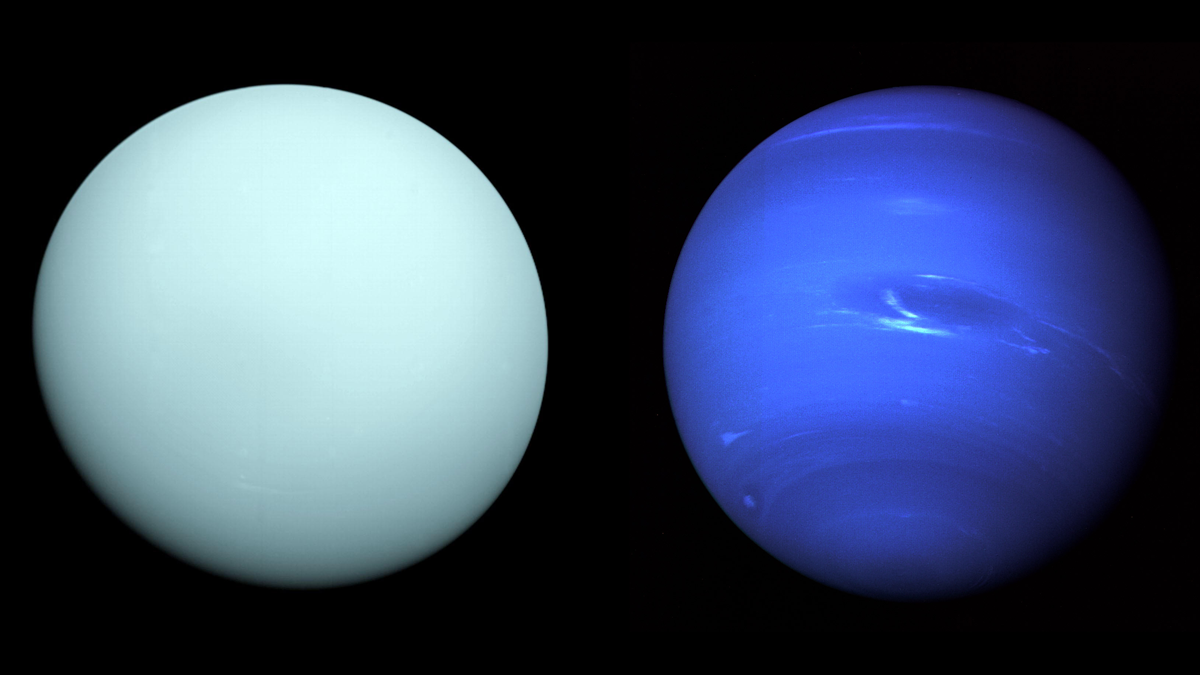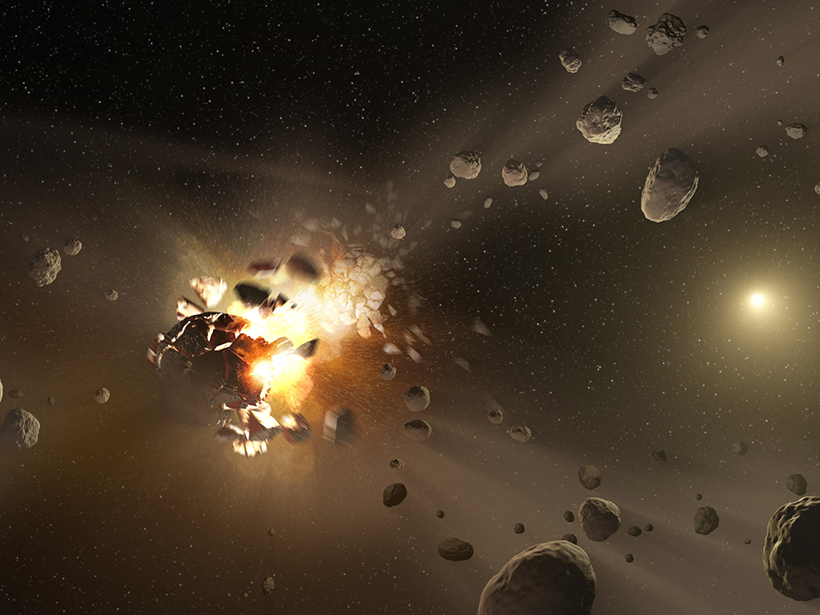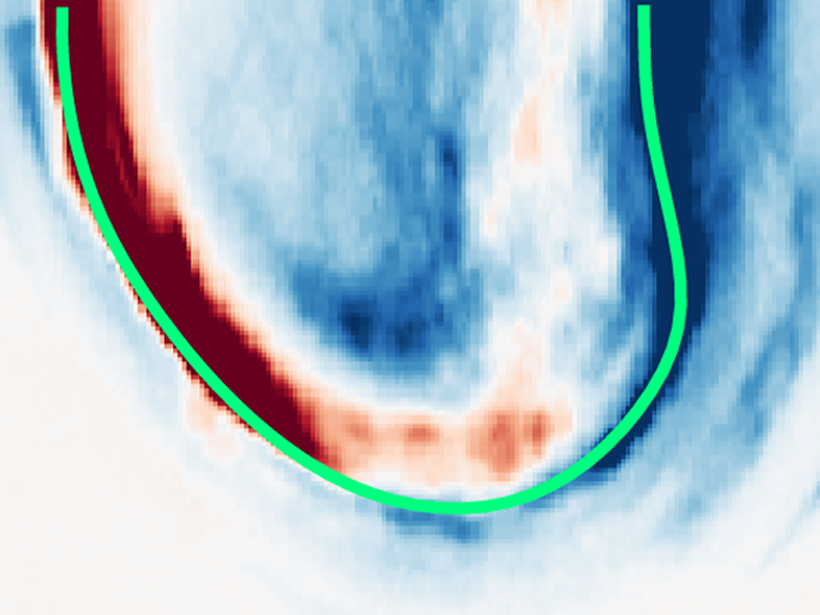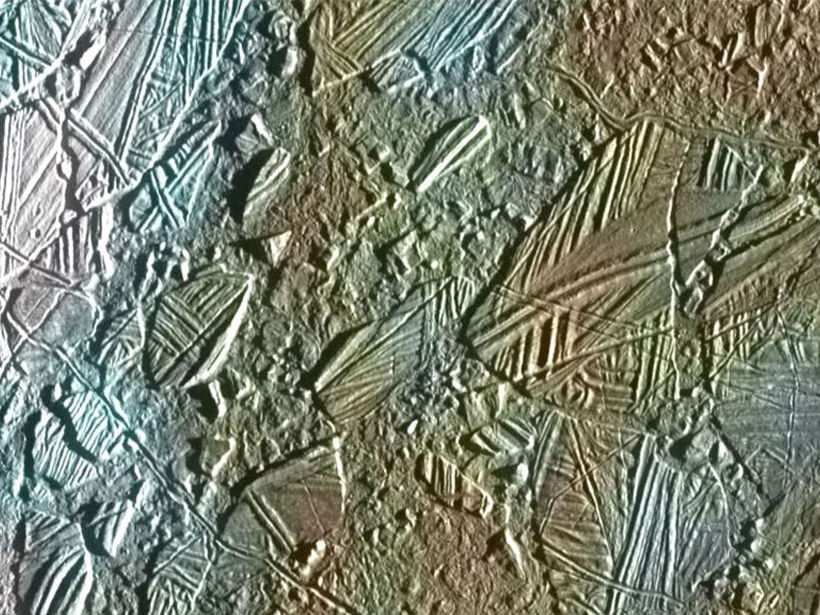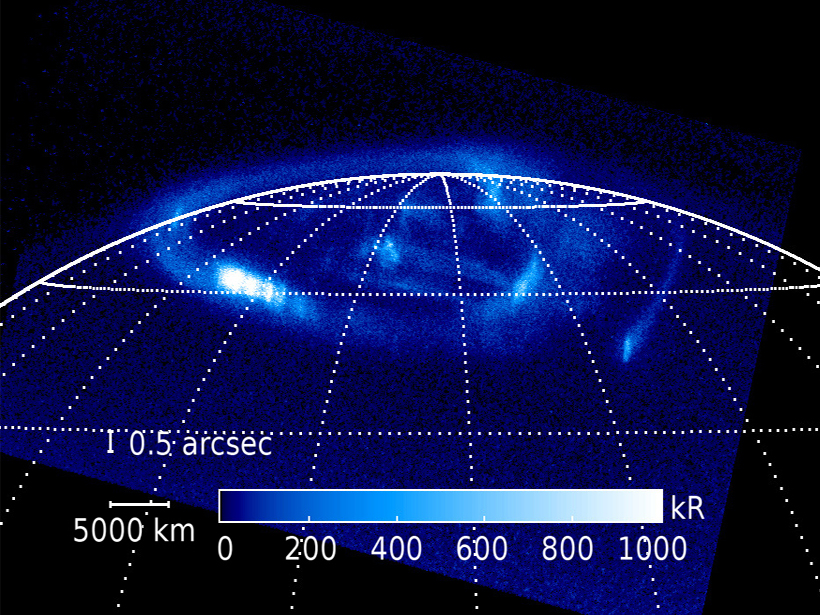The initial draft of President Donald Trump’s budget request proposes devastating cuts to NASA’s science research, future space missions, and field centers.
Hubble Space Telescope
A Unified Atmospheric Model for Uranus and Neptune
In a new model, three substantial atmospheric layers appear consistent between the ice giants.
Overture to Exoplanets
The curtain is about to rise on the James Webb Space Telescope. Let’s see what’s in store for its opening act.
Dust from Colliding Asteroids Masqueraded as a Planet
New analysis of Hubble Space Telescope images suggests that Fomalhaut b, once believed to be an extrasolar planet, is, in fact, a cloud of dust that likely formed from the collision of enormous asteroids.
Using a Machine to Help Us Learn About Jupiter’s Aurora
A first usage of principal component analysis on Hubble images of Jupiter’s auroral ovals reveals the most common patterns, and machine learning classification reveals their physical causes.
Mmm, Salt—Europa’s Hidden Ocean May Contain the Table Variety
Hubble Space Telescope observations suggest that sodium chloride exists in young, geologically active regions on Europa, likely fed by upwelling from the moon’s subsurface ocean.
Large Exomoon Likely Orbits a Faraway World
This Neptune-sized object would be the first moon discovered to orbit a planet outside the solar system, provided that additional observations continue to support the claim.
Hubble Reveals Less Studied Regions of Jupiter’s Auroras
With a dose of fiery plasma, the secondary arcs of Jupiter’s aurora shine bright.
Hubble Gazes at Europa's Aurora
Scientists get their best glimpse yet of the shimmering phenomena on one of Jupiter's most intriguing moons.
How Powerful Is Jupiter's Aurora?
Scientists have mapped Jupiter's spectacular aurora in unprecedented detail with the Hubble Space Telescope.


